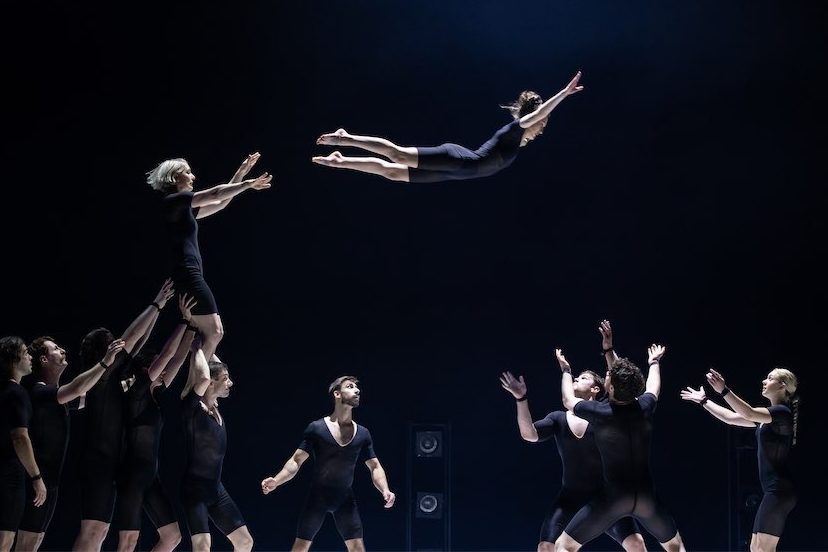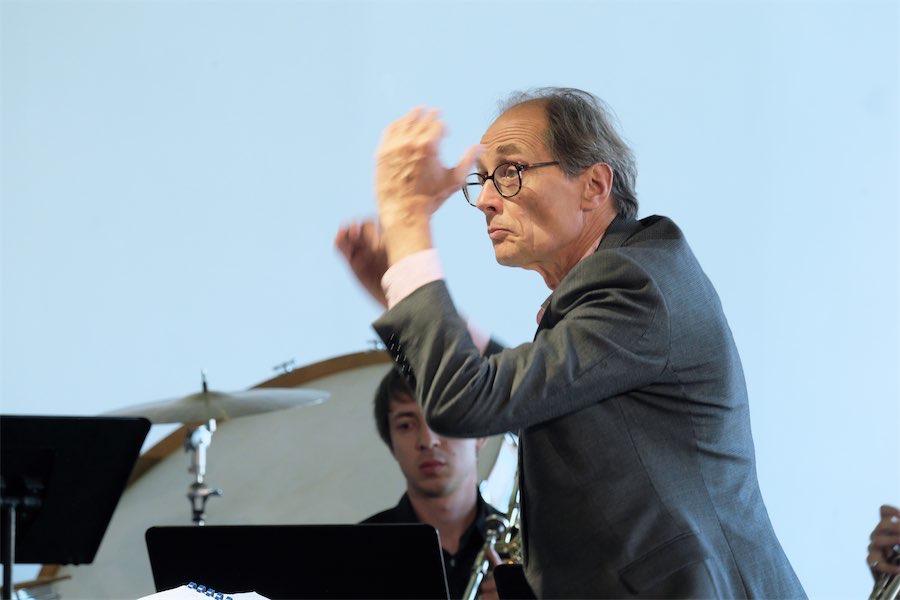
“Are We Dead Yet?” by Stephen Dupont, aMBUSH Gallery, until September 19, virtual tour here. Reviewed by CON BOEKEL.
FOR “Are We Dead Yet?” noted photographer Australian Stephen Dupont wanted his images to reflect “both the consequences of our current path as well as signal the urgency to find new ones”.
The latest IPCC Report was released during the exhibition. It sets out current and future climate disruptions and makes for ugly reading. At the time of writing, wildfires are raging in Algeria, Greece, Turkey and the United States.

The powerful works in the exhibition are those where Dupont has applied lens selections and unusual angles of view to create disordered visual perspectives, which are congruent with the disordered weather events.
These include the whorl in “Black Spur Mountain Ash”, the not-quite-level horizontals in the house in “Cobargo Fire”, and the flattened plane of the dust storm sky in “Scarborough Beach Dust Storm”.
The trees lean drunkenly towards each other in “Hillville Fires 2”. These trees echo the Siberian drunken forests which tilt at crazy angles as their permafrost base melts. The disordered perspectives and the natural disorders reinforce each other. The world is out of kilter.
Scattered here and there in the prints there are powerful vignettes. An indigenous elder is bowed down with the weight of the fire world on his shoulders in “Bodalla Fires”.
A lone Crested Pigeon, a species which depends on grass seeds on the ground, flies gamely through a dust storm over bare ground in “Ivanhoe Dust Storm”. Bats – ancient symbols of death and rebirth – flee a firestorm in “Batemans Bay Fire”. The figure of Christ emerges, as if risen, from burnt ground in “Mogo” – a reminder that a Christian civilization is putting itself to an existential test.

While the visual impacts are powerful, the links between the substance of the prints and anthropogenic climate change vary from print to print. Mostly this works well. The sole tree in “Goolagong Storm” is what is left in a cleared landscape. The invisible link between the storm and human behaviour here is the loss of carbon sequestration in the vast woodlands cleared to enable consumption of bread, lamb, beef and wool in the cities.
However, in some of the prints, this link is not apparent. The trees in “Black Spur Mountain Ash” constitute a healthy young forest hand-planted following the disastrous 1939 fires, well before there was a strong anthropogenic signal in our climate.
Does the exhibition achieve Dupont’s aim of “…motivating viewers to question their roles and responsibilities”? What seems to be missing is how viewers might link their personal behaviours to floods, storms, droughts and firestorms. Making these connections seems to depend on the individual viewer’s entry behaviour. Those who already understand the nexus between the laws of physics and chemistry, human behaviours, climate change and extreme weather events will experience some form of confirmation bias.

Other viewers might be triggered in a general way to wonder what is going wrong, and why. But how many viewers would understand that soil formation is at the rate of perhaps a half a kilogram per hectare per annum and that a dust storm represents a massive loss of soil and of productivity? How would viewers relate this to, for example, eating meat, occupying very large house spaces, and driving internal combustion cars? It seems to me that the unresolved pictorial challenge is how to link individual and mainly urban consumption patterns through climate change to the exhibition’s weather-bashed rural landscapes.
Dupont is seeking to kindle urgency and a search for better pathways.
During the exhibition, Prime Minister Morrison made a statement responding to the IPCC Report. Deputy Prime Minister Joyce then announced that his Party – the junior member of the ruling Coalition – was waiting to be presented with a plan. Does this mean that there is neither urgency nor a plan?
I heartily recommend a virtual visit to aMBUSH Gallery to view Dupont’s beautiful prints and to contemplate their important meanings.
Who can be trusted?
In a world of spin and confusion, there’s never been a more important time to support independent journalism in Canberra.
If you trust our work online and want to enforce the power of independent voices, I invite you to make a small contribution.
Every dollar of support is invested back into our journalism to help keep citynews.com.au strong and free.
Thank you,
Ian Meikle, editor





Leave a Reply